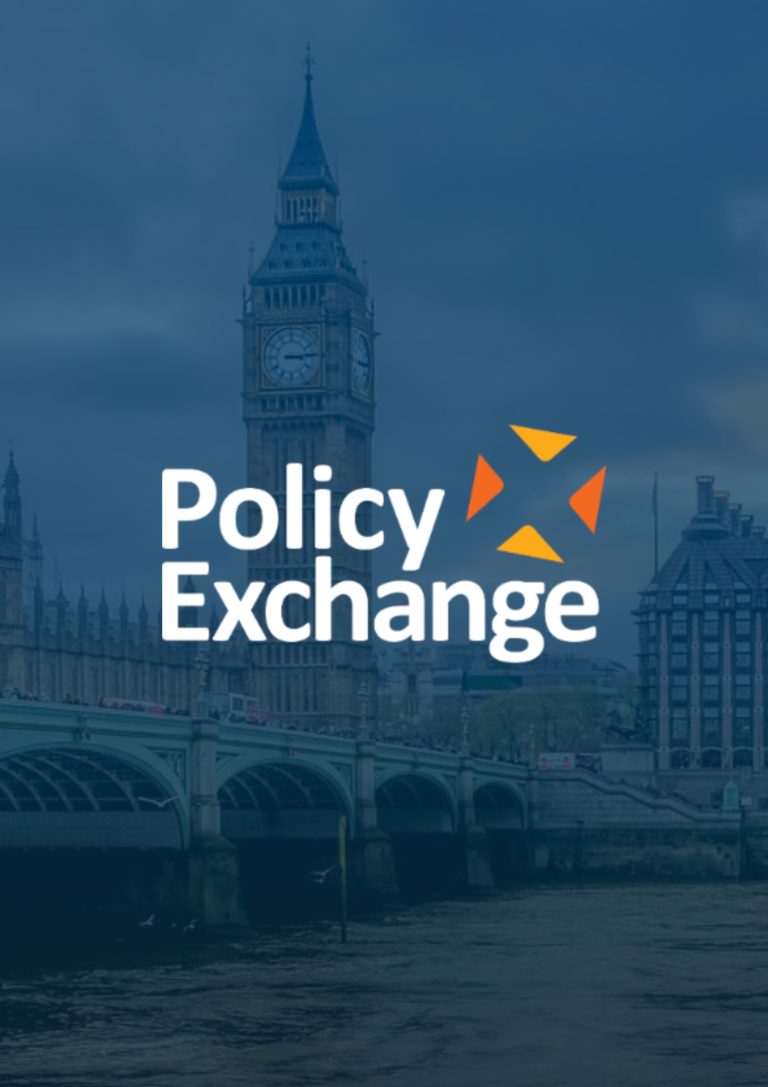
Benjamin Barnard
Head of Government, Politics and Technology Policy (2019-2022)
The Coronavirus pandemic exposed and exacerbated many of the long-term weaknesses of the British government, drawing particular attention to the complexity of the UK’s public body landscape. August 2020 provided a particular moment of reckoning. Within a matter of weeks, the Government confirmed that Public Health England would be disbanded and MPs from both major parties called for Ofqual (the exams regulator) to be scrapped after the exam grades fiasco.
The pandemic has highlighted how citizens’ lives are dictated by the work and decisions of organisations that are in some way independent from central government and elected ministers (and sometimes not obviously so). Its aftermath provides both the opportunity and the imperative to reform the existing wide array of public bodies in order to make them more accountable and more effective.
Previous efforts to reform the public bodies landscape have enjoyed mixed success. The Public Bodies Reform Programme from 2010 to 2015 reduced the number of public bodies by a third (from 904 to 610) and reduced their administrative spend by a cumulative £3 billion. The Public Bodies Transformation Programme, which ran from 2016-2020, was, to put it diplomatically, less successful. As part of the programme, every single Arm’s-Length Body (ALB) was supposed to undergo a so-called “tailored review”. Only 101 (or 34%) of the 295 planned reviews actually took place. As the NAO has pointed out, even those which did happen “lacked a consistent approach”. Perhaps more worryingly, not one of the 24 business cases for new ALBs that were submitted and approved between 2016 and 2020 met all the requirements for establishing a new ALB.
It is also important to remember that the term Arm’s-Length Body refers specifically to the 295 Executive Agencies, Non Departmental Public Bodies and Non Ministerial Departments that are administratively classified by the Cabinet Office. In total, the Office for National Statistics (ONS) has identified 830 central government bodies other than Government departments in its Public Sector Classification Guide. Crucially, public bodies that are unclassified are not required to publish annual data on their funding, nor are they included in the Cabinet Office’s review programme. Quite what happens in the unaccountable wild west of the unclassified public bodies landscape is anyone’s guess.
Given that the last public bodies reform programme came to an end at the end of 2020, what is the Government now doing to reform public bodies? In May, 2021 the Declaration on Government Reform was published. One of its “Actions for 2021” was to “commence a review programme for Arm’s Length Bodies.” It is now 2022. Public information about this “review programme” is still sparse.
Given that every Cabinet Minister and Permanent Secretary without exception signed the Declaration in May and that it has been known since 2016 that the Public Bodies Transformation Programme would come to an end in 2020, this lack of information should be a major source of concern. The Government must establish a new public bodies reform programme. It must have senior ministerial leadership if it is to be successful.
Whilst the overall landscape is unacceptably complex and confusing, the main reason to reform public bodies is accountability. The Government should review all agreements made between ALBs and government departments in order to ensure that they are fit for purpose. As a matter of urgency, it should also complete a review of all emergency powers so that Ministers can take control of failing public bodies during crises. Unless these measures take place, the experience of August 2020 will not be a one-off and any lessons to be learnt as a result of the pandemic may be lost.


